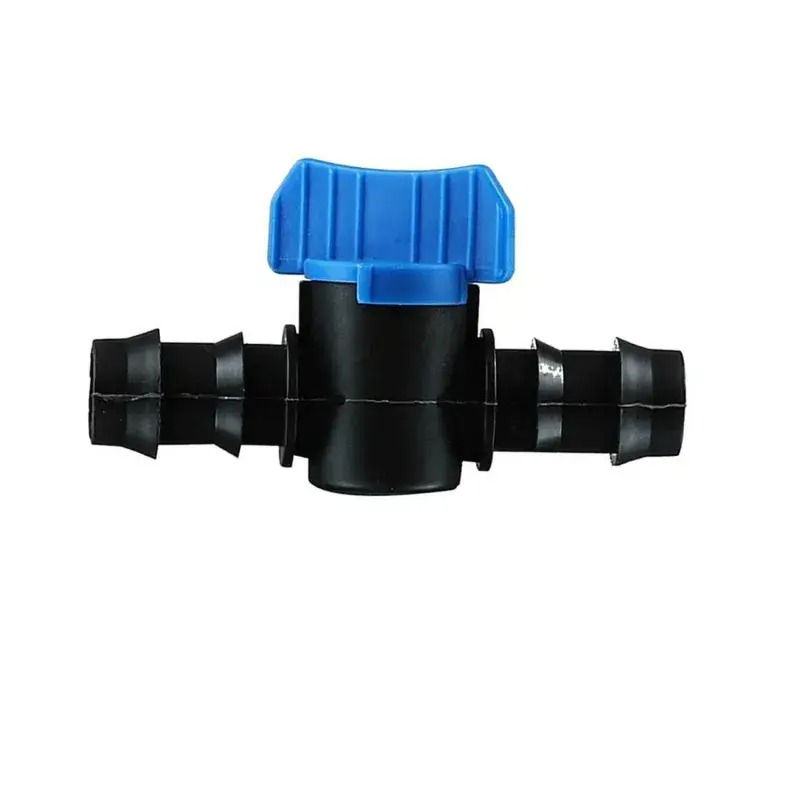top of page
iCROP Agriculture
Poovarasan Tree/Indian Tulip Tree
No reviews
Original price
₹100.00
Sale price
₹80.00
The Poovarasan tree, also known as the Portia tree or Indian tulip tree, is a medium-sized evergreen tree with a dense, spreading crown. It has heart-shaped leaves, showy yellow flowers with a maroon eye that turns purple, and rounded capsules as fruits. The tree is known for its versatility and is often used as a living fence, for boat building, and in traditional medicine.
Quantity
Key Characteristics
- Evergreen: The tree retains its leaves throughout the year.
- Dense Crown: The branches spread outwards, creating a dense canopy.
- Coastal Adaptation: Thrives in coastal areas and is salt-tolerant.
- Wind Resistance: Known for its strong resistance to wind, making it a valuable coastal windbreak.
- Medicinal Properties: Parts of the tree (bark, leaves, flowers, and fruits) are used in traditional medicine for various ailments, including skin diseases, urinary tract problems, and dysentery.
- Versatile Uses: Used for building boats, furniture, musical instruments, and various other purposes.
- Durable: The wood is resistant to termites and rot.
Medicinal Uses
- Dysentery and Haemorrhoids: A decoction of the bark is used internally to treat chronic dysentery, and the bark is also used to treat haemorrhoids.
- Inflammation and Swelling: Leaves are used as poultices to treat swollen joints and other inflammations.
- Tonic: The roots are used as a tonic.
- Other Uses: The bark is also used to treat dysentery and diabetes.
- Other Siddha Medicinal Uses: The paste of the bark is applied to leucoderma and other skin infections. A decoction of the bark is given internally for toxic conditions, ascites, and inflammations.
- Skin Conditions: The bark, leaves, flowers, and fruits are traditionally used to treat skin conditions like scabies, psoriasis, ringworm, and eczema. The yellow juice from the fruit can be used for sprains, bruises, and other skin ailments.
Other Uses
Environmental and Practical Uses:
- Coastal Protection: The tree is often planted in coastal areas for its ability to withstand salty conditions, helping to prevent erosion.
- Windbreak: It provides shade and acts as a windbreak.
- Wood: The durable wood is used for making furniture, boats, and carvings.
- Other Uses: The leaves and flowers are sometimes used in religious and cultural ceremonies.
- Dyes: Dyes (black, deep brown, and yellowish) can be obtained from the leaves, wood, fruits, and flowers
No Reviews YetShare your thoughts.
Be the first to leave a review.
We accept the following payment methods:







Best sellers
bottom of page


































